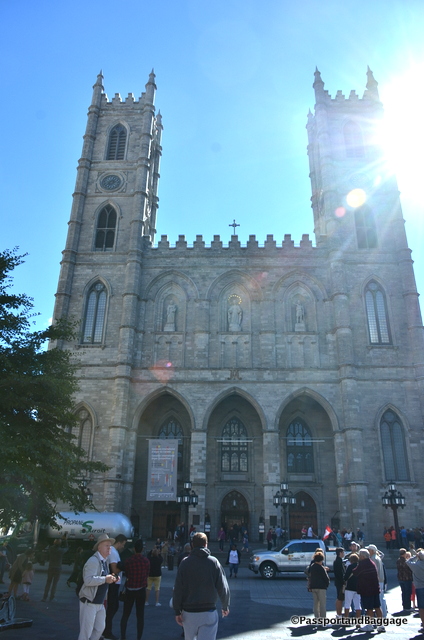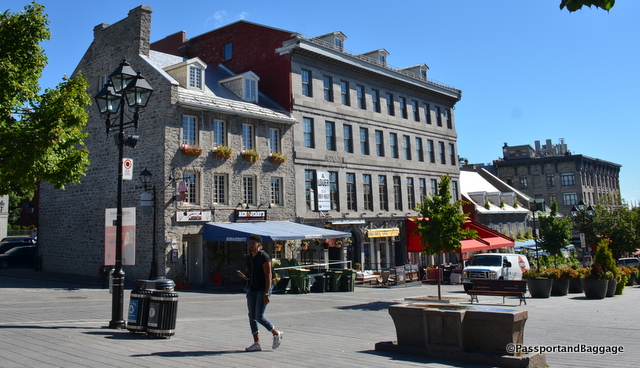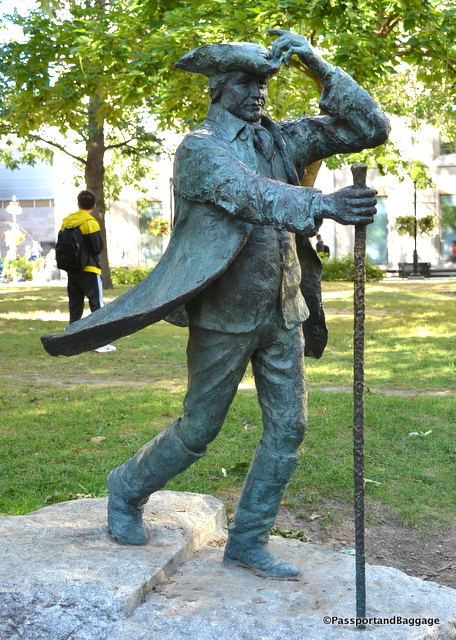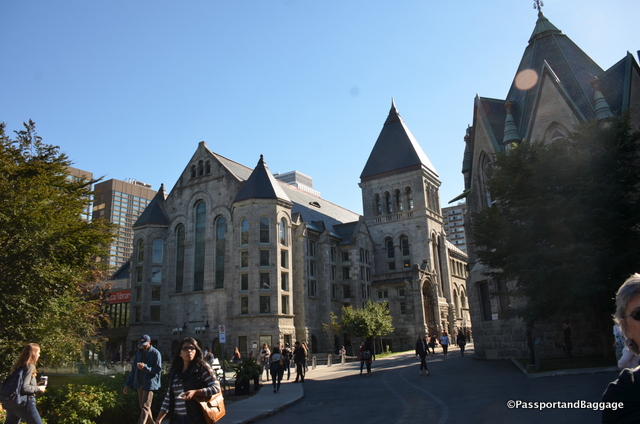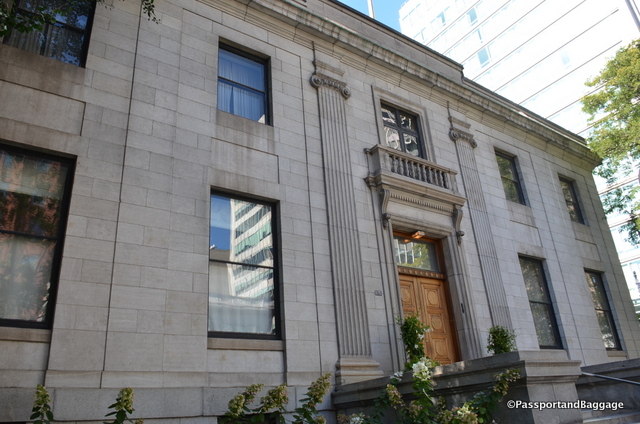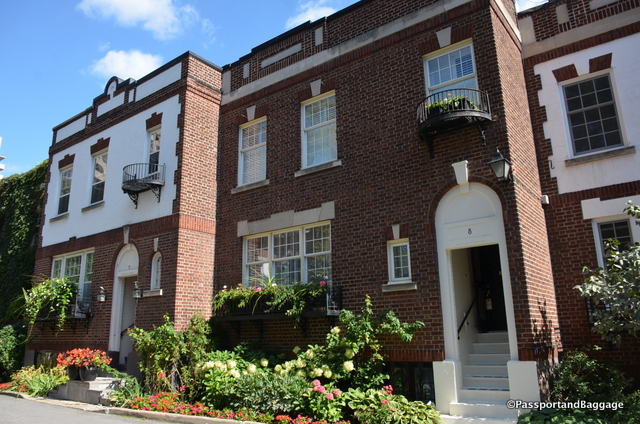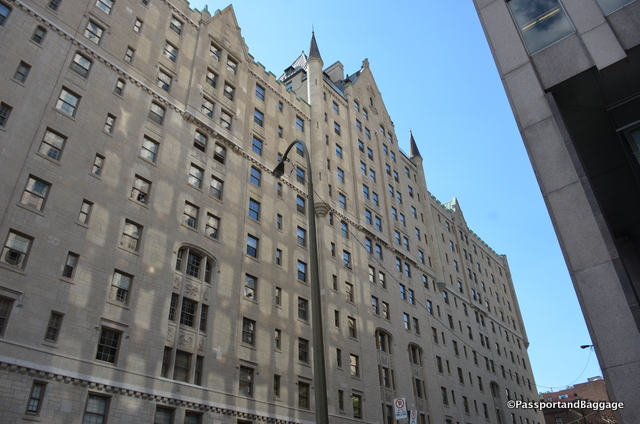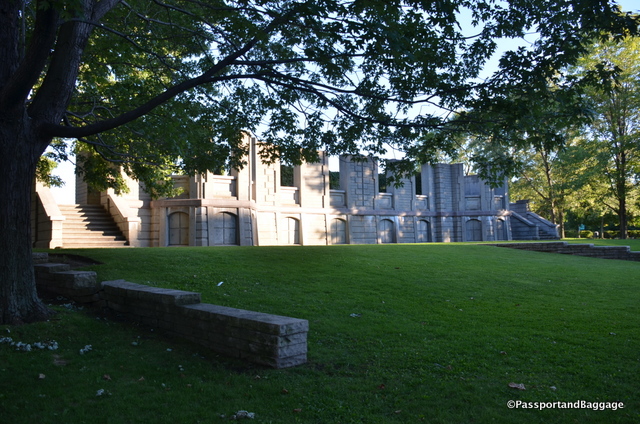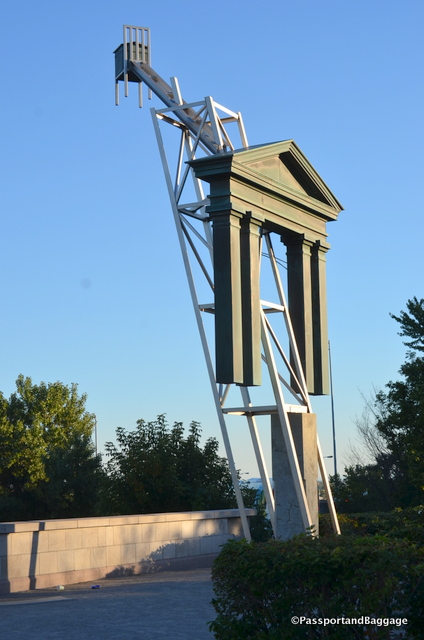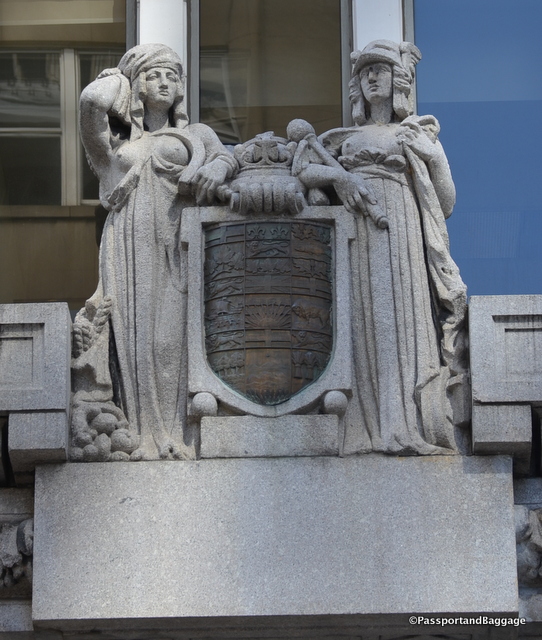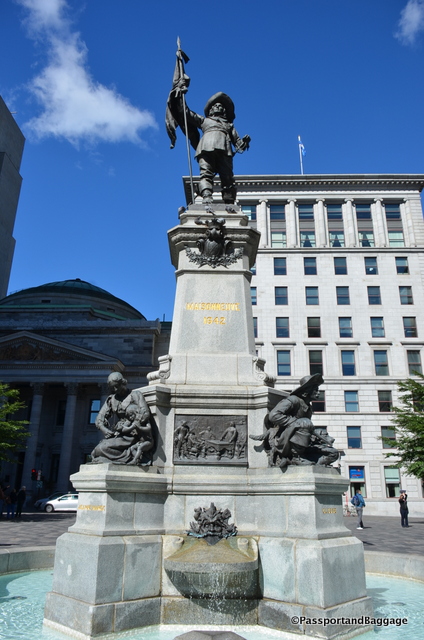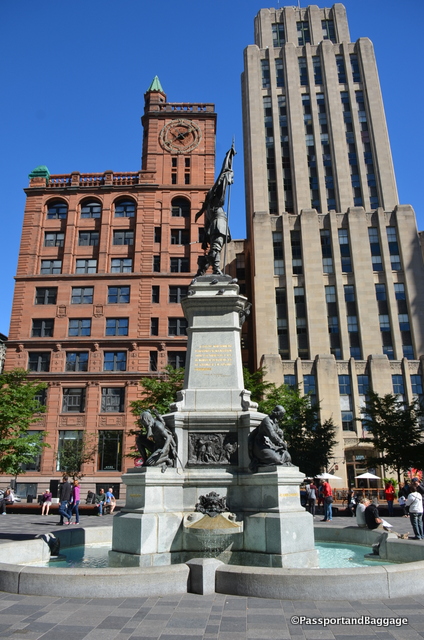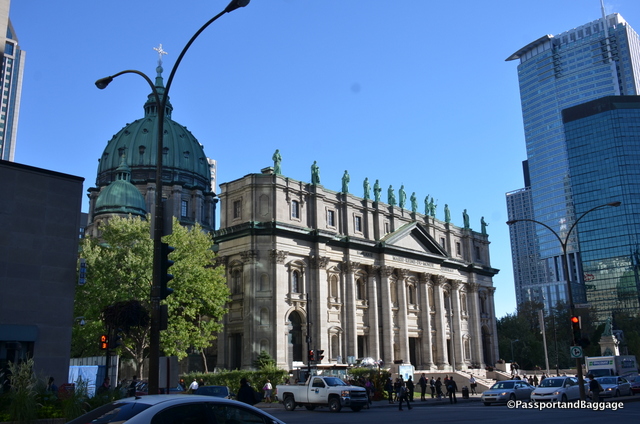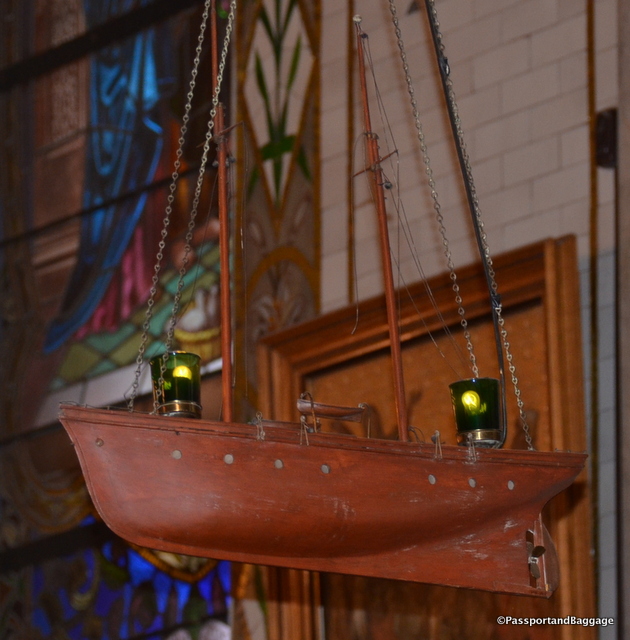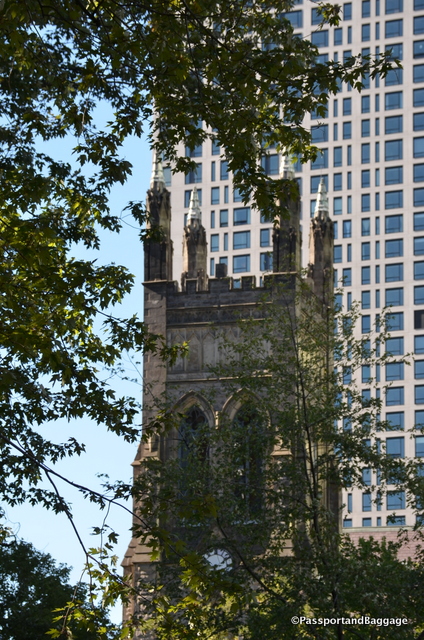September 15, 2016
Walking all around Montreal
Attempting to get a sense of history and architecture
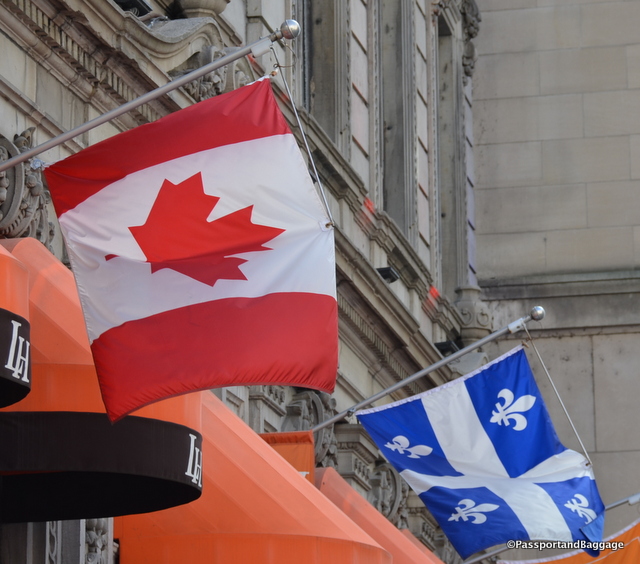 Montreal, is the most populous city in Quebec and the second most populous municipality in Canada. Originally called Ville-Marie, or “City of Mary,” it is named after Mount Royal, the triple-peaked hill in the heart of the city.
Montreal, is the most populous city in Quebec and the second most populous municipality in Canada. Originally called Ville-Marie, or “City of Mary,” it is named after Mount Royal, the triple-peaked hill in the heart of the city.
Montreal is actually an island, a very large island. The Ile de Montreal sits at the confluence of the St. Lawrence and Ottawa rivers and is surrounded by the Lawrence River (called the front) and the Prairie River (called the back).
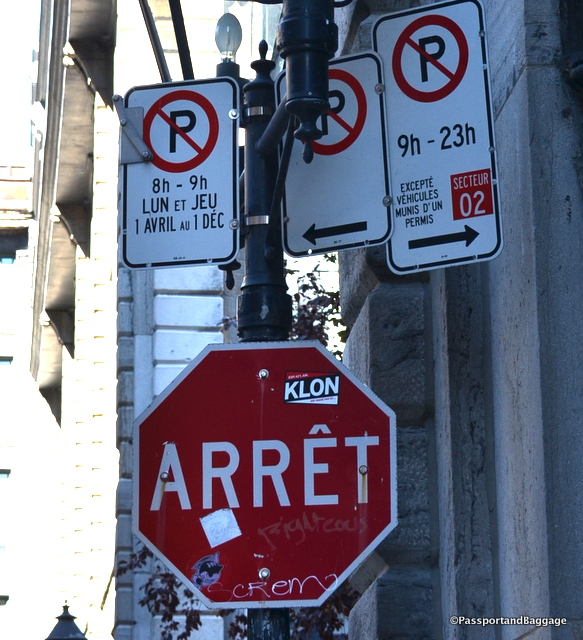 Montreal is also one of the centers of francophone culture in North America, in fact, French is the mother tongue of about 7.3 million Canadians. Most of these native French speakers live in Quebec, where French is the majority official language.
Montreal is also one of the centers of francophone culture in North America, in fact, French is the mother tongue of about 7.3 million Canadians. Most of these native French speakers live in Quebec, where French is the majority official language.
By the Official Languages Act in 1969, Canada recognized English and French as having equal status in the government of Canada, so much of the government work throughout the country, not just in Quebec, is handled in both languages.
Montreal was originally founded in 1642 as a missionary colony under the direction of Paul de Chomedey de Maisonneuve and Jeanne Mance, it soon saw fur trade became its main activity. However, the religious entity is still felt heavily in today’s Montreal, especially with the Order of Saint-Sulpice, who were responsible for developing much of Old Montreal, around their Seminary which is adjacent to the Notre Dame Basilica.
 In the late 1850s expansion of the St. Lawrence canal system and the deepening of the channel to Québec City made Montreal the area’s principal seaport, while railway construction, particularly of the Grand Trunk Railway, made the city the hub of the railway system. Today Montreal’s main income comes from being a Financial Center. This legacy of ever changing industries has left a variety of buildings including factories, elevators, warehouses, mills, and refineries, that, today provide an invaluable insight into the city’s history.
In the late 1850s expansion of the St. Lawrence canal system and the deepening of the channel to Québec City made Montreal the area’s principal seaport, while railway construction, particularly of the Grand Trunk Railway, made the city the hub of the railway system. Today Montreal’s main income comes from being a Financial Center. This legacy of ever changing industries has left a variety of buildings including factories, elevators, warehouses, mills, and refineries, that, today provide an invaluable insight into the city’s history.
Some of the city’s earliest remaining buildings date back to the late 16th and early 17th centuries. Although most are clustered around the Old Montreal area, such as the Sulpician Seminary (1685) and the residence of Governor of Montreal Claude de Ramezay, Chateau Ramezay (1705) , you will find examples of early colonial architecture throughout the city.
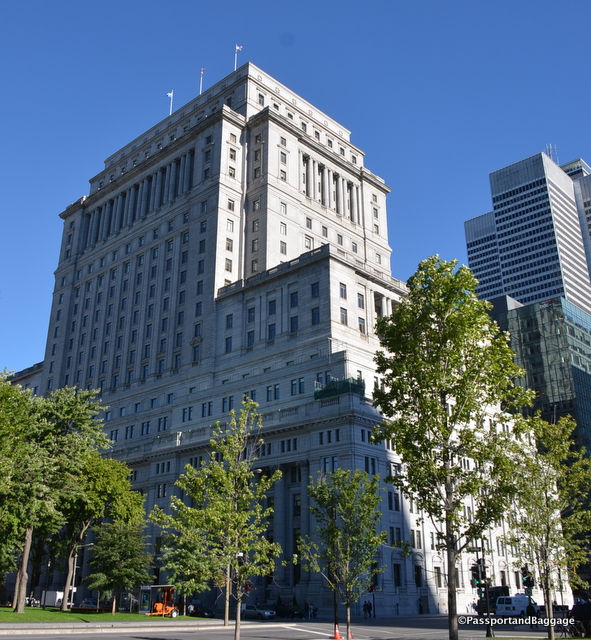 Since 1960, a new downtown area has grown up along René-Lévesque Boulevard (before 1987 known as Dorchester Boulevard). This downtown expansion led to the remodeling of the city. Many historical buildings were demolished, ancient residential areas were radically altered, and thousands of low-income residents were displaced.
Since 1960, a new downtown area has grown up along René-Lévesque Boulevard (before 1987 known as Dorchester Boulevard). This downtown expansion led to the remodeling of the city. Many historical buildings were demolished, ancient residential areas were radically altered, and thousands of low-income residents were displaced.
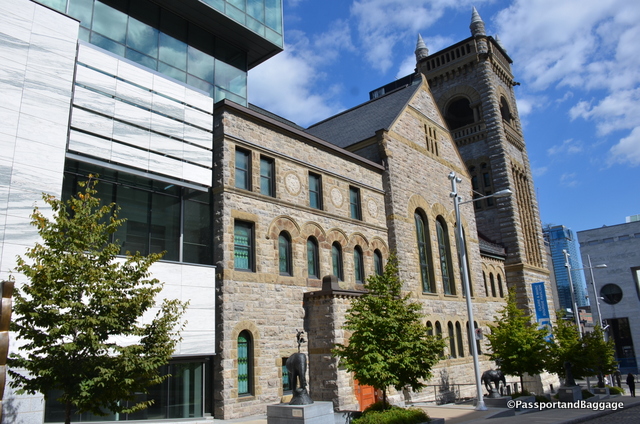
The Montreal Museum of Fine Arts is spread across four pavilions, and has 140,000 square feet of exhibition space. One of these pavilions is the church that once anchored the Golden Square Mile.
The residential area of architectural note that still has remnants of its grandeur is called the Golden Square Mile. During its heyday 70% of Canada’s wealth was concentrated in this square mile.
Old Montreal had become too industrial so wealthy people began to move up the hill. It began with James McGill. His was a farm that, upon his death, became the Royal Institute for Learning, or McGill University today.
After McGill, the first concerted effort to develop the area was by developers creating terrace housing, a style of medium-density housing that originated in Europe in the 16th century, where a row of identical or mirror-image houses share sidewalls.
Then the rich began to move in and build houses. Many of these houses are now part of McGill University.
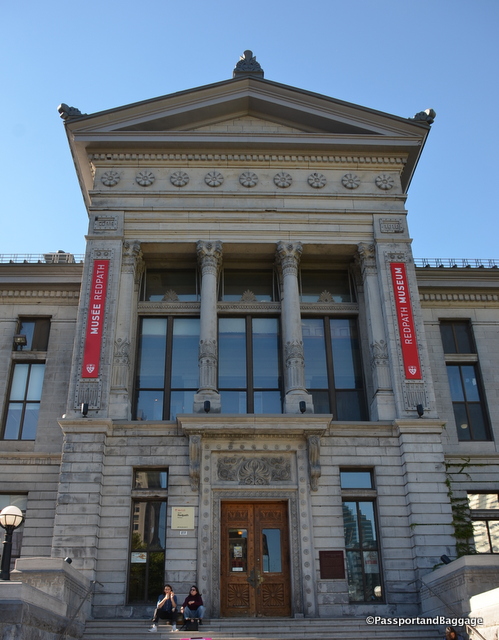
Redpath Museum is the oldest building in Canada built specifically to be a museum. Built in 1882 as a gift from the sugar baron Peter Redpath, the collections were started by some of the same individuals who founded the Smithsonian and Royal Ontario Museum collections.
John Redpath, a Scots-Quebecer businessman and philanthropist was also a contributor to the University and has both the library and a museum in his name.
These homes of the wealthy were followed by churches, then stores and then hotels.
You can see the influences of the railroads, as building materials began to change. These buildings were now being constructed of Sandstone from New Brunswick, Indiana Granite and Vermont Marble, to list a few.
During World War I 90% of the sons of the families in the Square Mile were killed. This left no heirs, it was also a time of changing economics so staff was no longer available and the area was no longer what it was.
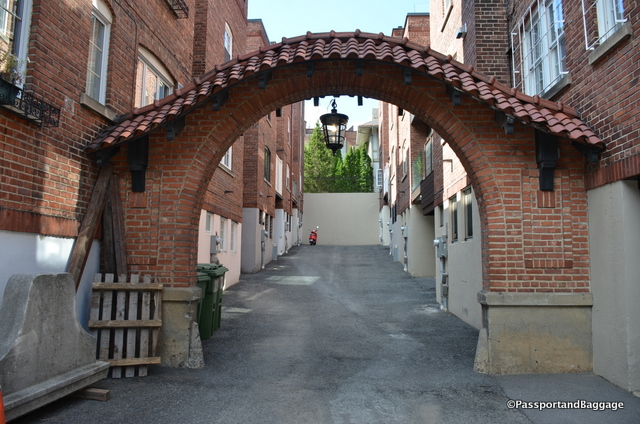
After the war apartments began to be built in the area, these were prepared for the coming age of the automobile
The homes were built of what was once considered a material for the lower classes, brick, as quarrying the Montreal Limestone that makes up so much of the older buildings of Montreal, was getting too expensive. There was also a change in sensibilities that allowed the concept of a shared wall, rather than great homes on great lots.
Eventually larger apartments started to show up, while the exterior architecture continued to have the French and Scottish influence, their floor plans and interior designs were actually influenced by New York.
Interestingly, Montreal did not allow buildings to be divided and owned by individuals , i.e. condo conversion until 1989. Most likely contributing to the fact that much of this area maintains its architectural integrity.
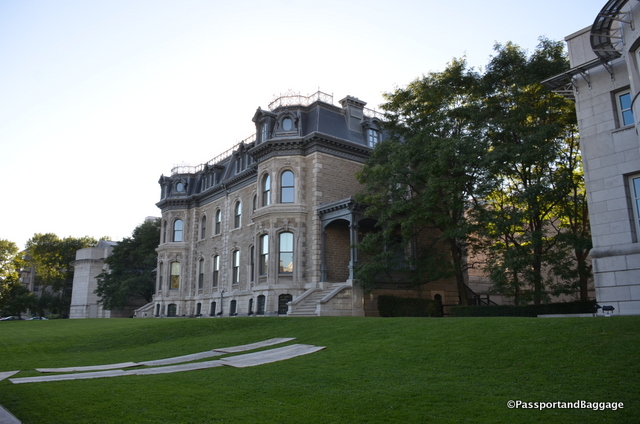
The Canadian Centre for Architecture (CCA) is a museum of architecture and research center that incorporates the second empire style Shaughnessy House. The CCA sits within the Golden Square Mile.
Across the street from the Center is their sculpture garden. It is framed by a concrete replica of the lower stories of the Shaughnessy House.
Within the garden are allegorical columns that line up with building types around town that can be seen from the escarpment that surrounds the park. These consist of chimney stacks, tenements, grain silos, and the twin spires of a church. The permanent installation is by Melvin Charney.
This was just one day of walking Montreal, just a taste of its rich history and architecture. Here are some other fun things spotted around town.
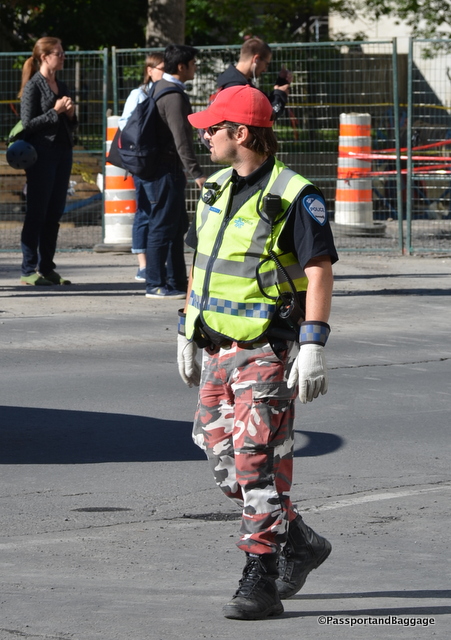
The police were having a union dispute about their retirement package. They chose to wear non-uniform pants in protest, while on duty.
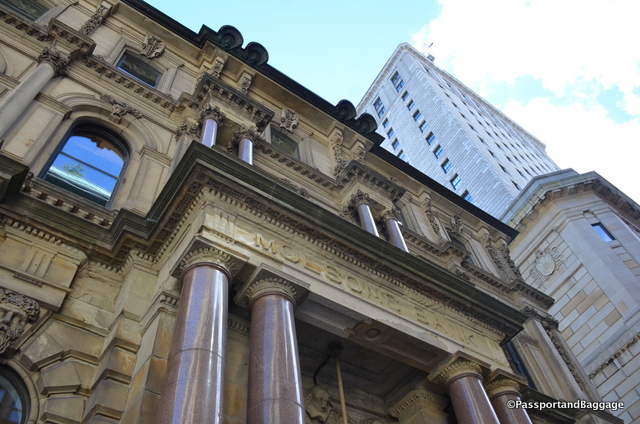
The Molson family is still prominent throughout Canada. Here is just one of their enterprises, the Molson Bank.
*
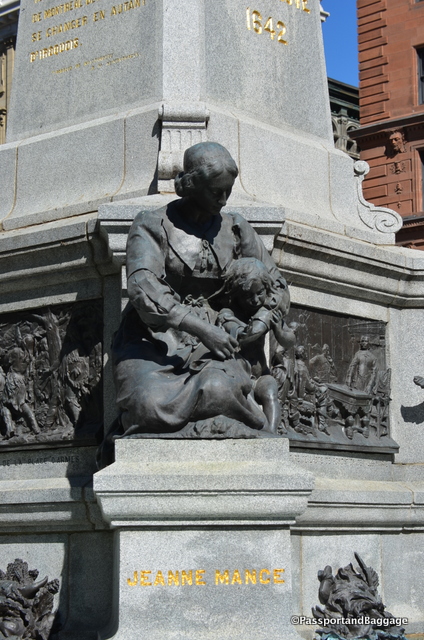
On a lower level is co-founder of Montreal Jeanne Mance. Since she was a woman it would not have been proper to put her at the same level as a man at the time the sculpture was commissioned.
Throughout its growth Montreal was a town of neighborhoods. These neighborhoods surrounded the church representing the faith of its neighbors. In 1995 the government realized that many of the churches were being torn down, or falling down, and the city was loosing its sense of neighborhood.
For that reason the allotted $300 million to support the restoration of those churches that defined these neighborhoods. The project took 25 years and restored over 1000 buildings.
